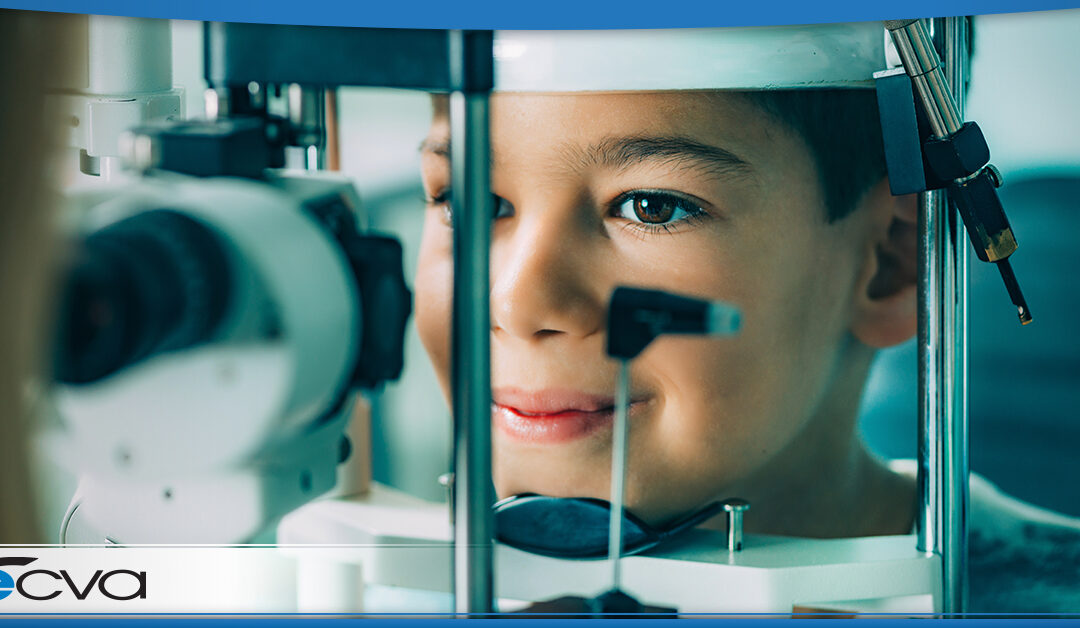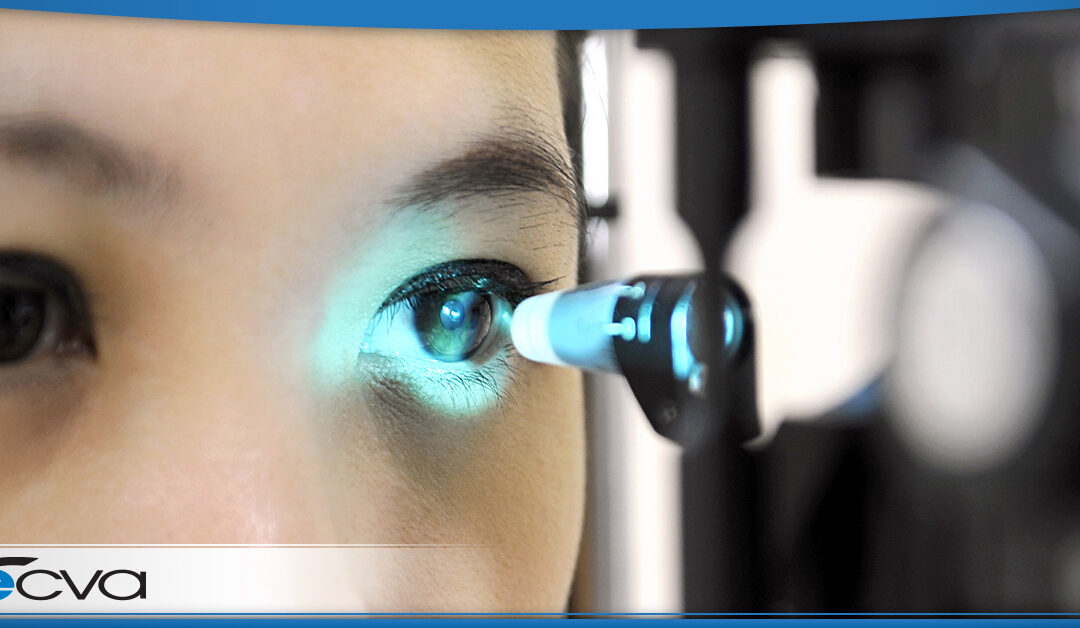
by ecvaeyeadminz | Jan 22, 2021 | Pediatric Ophthalmology
Most parents are diligent about caring for their child’s health. However, many overlook the importance of eye exams or aren’t fully aware of when their child should see an eye doctor. This is especially true with younger children who aren’t yet in school or...

by ecvaeyeadminz | Jan 8, 2021 | Glaucoma
January is Glaucoma Awareness month, a time of year where we take a close look at the condition and focus on sharing information to help patients maintain their eye health. While we covered the basics in a recent article – Understanding Glaucoma – we wanted...




